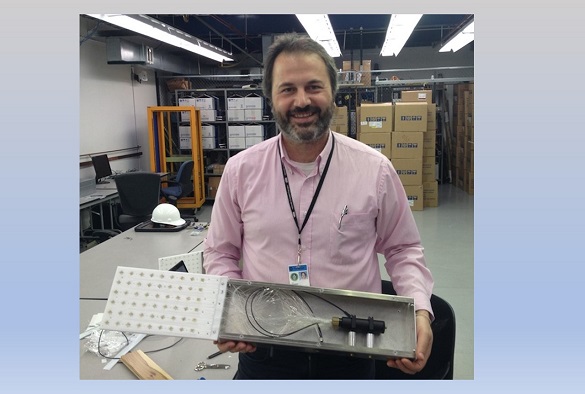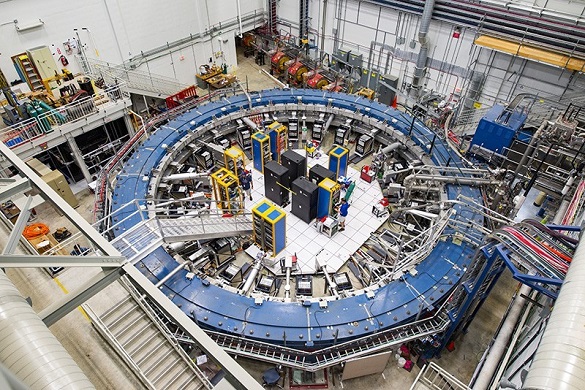
A world leading researcher in precision muon physics, Professor Graziano Venanzoni, will join the University this autumn thanks to a £4.3M Leverhulme International Professorship award.
Professor Venanzoni, who is currently based at INFN Pisa, will establish a team of world experts, early career researchers and graduate students to carry out a cutting-edge programme in precision muon physics at the University.
The Leverhulme Trust’s International Professorship awards are designed to enable universities to recruit high-level research leaders from around the world. It is a highly competitive scheme and Professor Venanzoni’s award is one of only five awarded this year, which is the second year of the programme.
Professor Wiebe Van Der Hoek, Executive Pro Vice Chancellor for the Faculty of Science & Engineering said: “I am delighted that Graziano is joining the University. His arrival is exciting for our colleagues in our world leading group in Particle Physics, for our work on Digital and Data Intensive Science, and for Theoretical Physics and Mathematics.”
Professor Anna Vignoles, Director of the Leverhulme Trust said: “I am delighted that our award has enabled the University of Liverpool to attract such an esteemed academic to the UK to work on the exciting cutting edge of particle physics. This is precisely what our Leverhulme International Professorships were designed to do, and I have no doubt that UK research will benefit enormously from his work.”
Professor Venanzoni is a recognised international leader in the field of muon physics and has made important contributions to key experiments as well as to the theory framework in this field. He was recently included in Nature magazine’s annual selection of five scientists-to-watch for 2022 (Nature’s 10 – Ones to watch)
He is currently one of the two spokespersons leading the muon g-2 experiment at the Fermi National Laboratory in the US. In 2021, this experiment, in which the University of Liverpool also participates, confirmed a compelling mismatch between the measured and predicted values of the magnetic moment of the muon (see Spin or `New Physics’?l).
Professor Venanzoni’s research programme will pursue the measurements and calculations necessary to firm-up the anomalous g-2 results with increased accuracy, as well as developing the next generation of muon experiments that will allow to constrain or explore possible explanations for the discrepancy.
He said: “I would like to thank the Leverhulme Trust and the University of Liverpool for giving me this opportunity. I’m extremely excited and I look forward to using this grant to consolidate our understanding of the laws of nature at the most elementary scale and possibly find new physics! My programme will benefit enormously from the experience of Liverpool colleagues in building detectors and doing frontier research.”
With Professor Venanzoni and his team joining forces with the existing particle physics, theoretical physics and accelerator science groups on muon physics, the University will extend its involvement and leadership in the international muon precision physics programme.

Storage ring of the g-2 experiment at the Fermi National Laboratory (US)